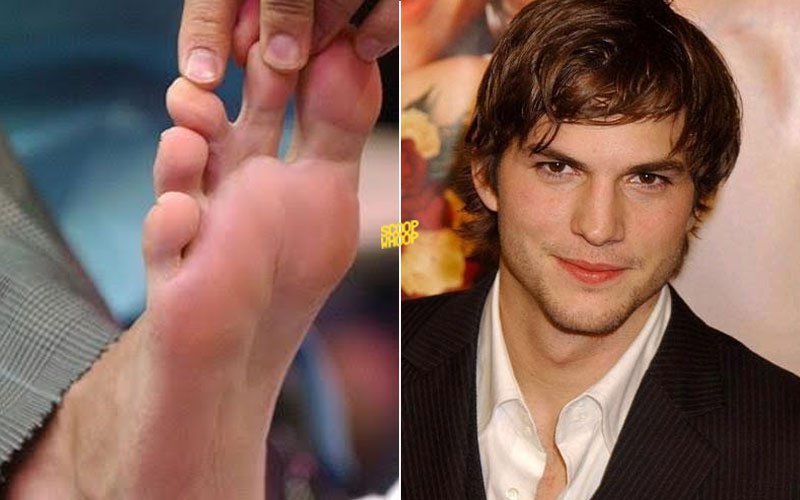

After surgery, a bandage or cast will be applied. If necessary, the surgeon will remove any T- or Y-shaped extensions of the metatarsal head. The capsule of the metatarsophalangeal joint is divided, and the toe is removed. In postaxial polydactyly, an oval incision is made at the base of the most lateral toe and carried through the fascia. Sometimes the surgeon will need to reconstruct a joint. When the “bad” toe has been removed, the one that has been saved can sometimes be made more functional by transferring tendons from the amputated toe. In most cases, the toe that is best aligned with the long bones is the one that is saved. In some instances it may difficult to determine which toe needs to be removed, and the development of the feet will need to be monitored closely for some time before the surgeon can decide which toe to amputate. If the case is central rather than preaxial or postaxial, further surgery may be needed after the extra toe has been removed in order to prevent other deformities that might otherwise develop in the wake of the amputation, or to move or reconnect certain bone structures. The extra toe falls off, and the foot soon heals. In fact, some cases can easily be treated at birth by tying a suture tightly around the base of the extra toe. If the toe is just a boneless nub, treatment may in some cases involve nothing more than attaching a vascular clip at the base, which stops blood flow, causing the digit to eventually fall off, just as the stump of a belly button does within a few days after we are born. If the extra toe does need to be removed, whether for cosmetic or orthopedic reasons, in most cases the surgery is performed in early childhood, usually when the child is a year old.

Indeed, polydactyly of the feet may be more common than is generally realized, as the condition often goes unreported. In many cases polydactyly of the feet causes no health problems, and many people who are born with an extra toe live out their lives with it. It is also possible that polydactyly may have some association with diabetes one study of eighteen mothers of children with preaxial polydactyly found that eleven of them had pre-pregnancy insulin-dependent diabetes. It may be associated with a variety of genetic disorders, including syndactyly ( webbed toes), Down’s syndrome, and Ellis–van Creveld syndrome (AKA six-fingered dwarf syndrome, a disorder that has been observed to be prevalent among Amish populations). While polydactyly is genetically transmitted, it is still an abnormal condition caused by genetic mutation. Male children are slightly more likely than females to have extra toes or fingers. As noted above, it is very uncommon, being present in only one out of every 1,000 live births.įor reasons that are not well understood, this condition is considerably more prevalent among African-Americans, among whom it appears in four or more out of every 1,000 live births. Polydactyly of the feet (or hands) is genetic. Central polydactyly, in which the extra digit is located between the others, is far less common. In cases of preaxial polydactyly, the extra toe or finger is on the radial side, near the thumb or big toe.

In postaxial polydactyly, which accounts for 80 percent of all cases, the extra digit is located on the far side of the hand or foot, next to the little toe (or finger). Polydactyly, whether of the hands or the feet, is classified as: Perhaps more famous - if less astounding - is the case of actor and comedian Drew Carey, whose 1997 autobiography, Dirty Jokes and Beer: Stories of the Unrefined, reveals that he was born with six toes on his right foot. In rare cases, there may even be more than one extra toe the record for greatest number of digits belongs to Akshat Saxena of India, who in 2010 was born with thirty-four of them - seven fingers on each hand and ten toes on each foot. Roughly 50 percent of cases are bilateral. The condition can be bilateral (each foot has an extra toe) or unilateral (only one foot has an extra toe). The term polydactyly is also used to describe the condition of having extra fingers on one or both hands, but this article will focus primarily on polydactyly of the feet.Īn individual with polydactyly is also said to have supernumerary digits.Ī person with polydactyly of the feet may have a fully functional extra toe - complete with nerve endings, bones, and even joints - or the extra digit may be just a fleshy, boneless nub.


 0 kommentar(er)
0 kommentar(er)
